Welcome to a world where lush greenery and vibrant life can be yours without breaking the bank! Whether you’re just starting your gardening journey or you’re a seasoned plant parent, “Budget-Friendly Indoor Plant Ideas” is your gateway to transforming any space into a verdant sanctuary. With plants that are as easy on your wallet as they are on the eyes, you’ll discover that creating a thriving indoor garden is well within reach for everyone.
In this guide, we’ve curated a delightful collection of indoor plants that are not only affordable but also remarkably low-maintenance. These selections promise to bring a sense of tranquility and beauty to your home, all while being kind to your schedule and budget. You’ll find practical tips and creative ideas to nurture your green companions, boosting your confidence and ensuring your gardening success.
Imagine the satisfaction of watching your plants flourish, knowing that you’ve crafted a personal oasis that doesn’t cost a fortune. The joy of gardening is about more than just aesthetics; it’s about nurturing life, finding peace, and cultivating a rewarding hobby. With our guide, you’ll be equipped to create an indoor garden that brings joy and health into your life, no matter your level of experience.
Choose Low-Maintenance Plant Varieties
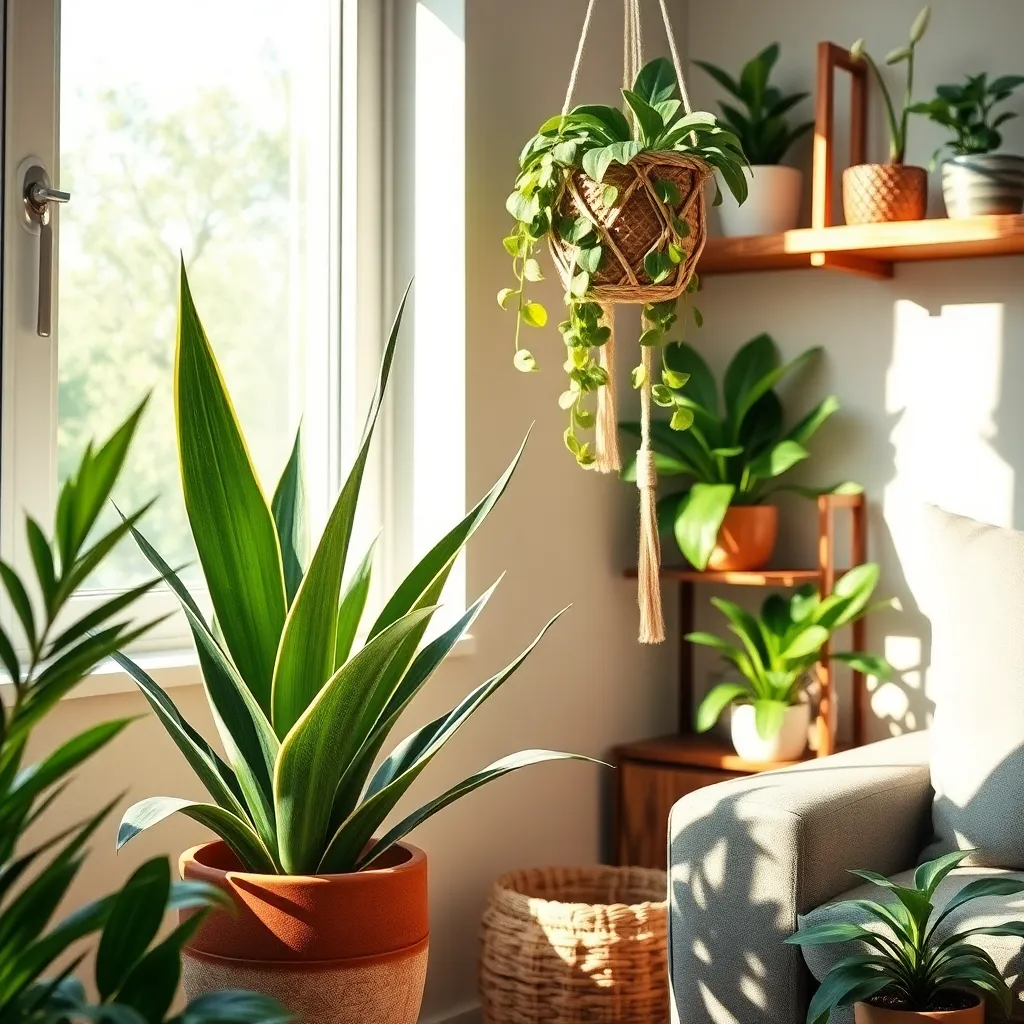
When selecting indoor plants, opting for low-maintenance varieties can save time and effort while keeping your space green and lively. Consider plants like the snake plant and pothos, which thrive in various lighting conditions and require minimal watering.
Snake plants, also known as Sansevieria, are incredibly hardy and can survive in both low and bright light. Water them sparingly, allowing the soil to dry out completely between waterings, which makes them perfect for beginners.
Another excellent choice is the pothos, known for its trailing vines and heart-shaped leaves. It prefers indirect light and needs to be watered only when the top inch of soil feels dry, making it a forgiving option for those new to gardening.
For those with a bit more experience, consider succulents, which are equally low-maintenance but offer a variety of shapes and colors. These plants require well-draining soil, such as a cactus mix, and should be watered once every few weeks, depending on humidity levels.
Repurpose Containers as Planters
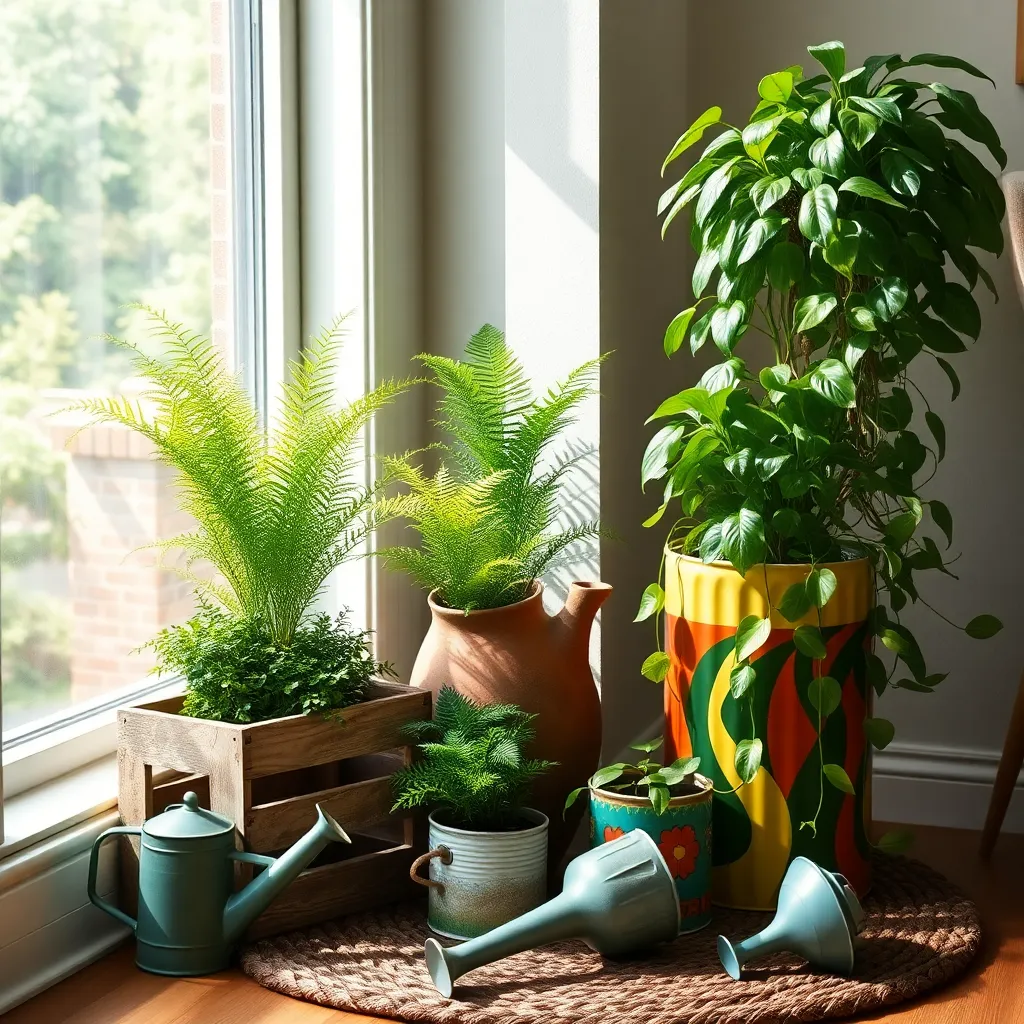
Repurposing containers as planters is an imaginative way to enhance your indoor garden while minimizing costs. Before you begin, ensure that each container has adequate drainage to prevent waterlogging and root rot.
Start by selecting containers that suit the aesthetic and size of your space, such as old teapots, tin cans, or wooden crates. Clean the containers thoroughly to remove any residues that might be harmful to plants, and drill holes if necessary.
Next, choose a suitable potting mix based on the type of plants you intend to grow. For most indoor plants, a standard potting mix with a bit of perlite works well, providing both nutrients and drainage.
Consider the specific needs of each plant when deciding on their new homes. For instance, succulents thrive in shallow containers with fast-draining soil, while herbs may require deeper pots for their root systems.
To create a unique look, you might want to paint or decorate the containers to match your interior decor. Get creative with arrangements by grouping similar plants together for a cohesive display or mix different heights for a dynamic look.
Propagate Plants from Cuttings
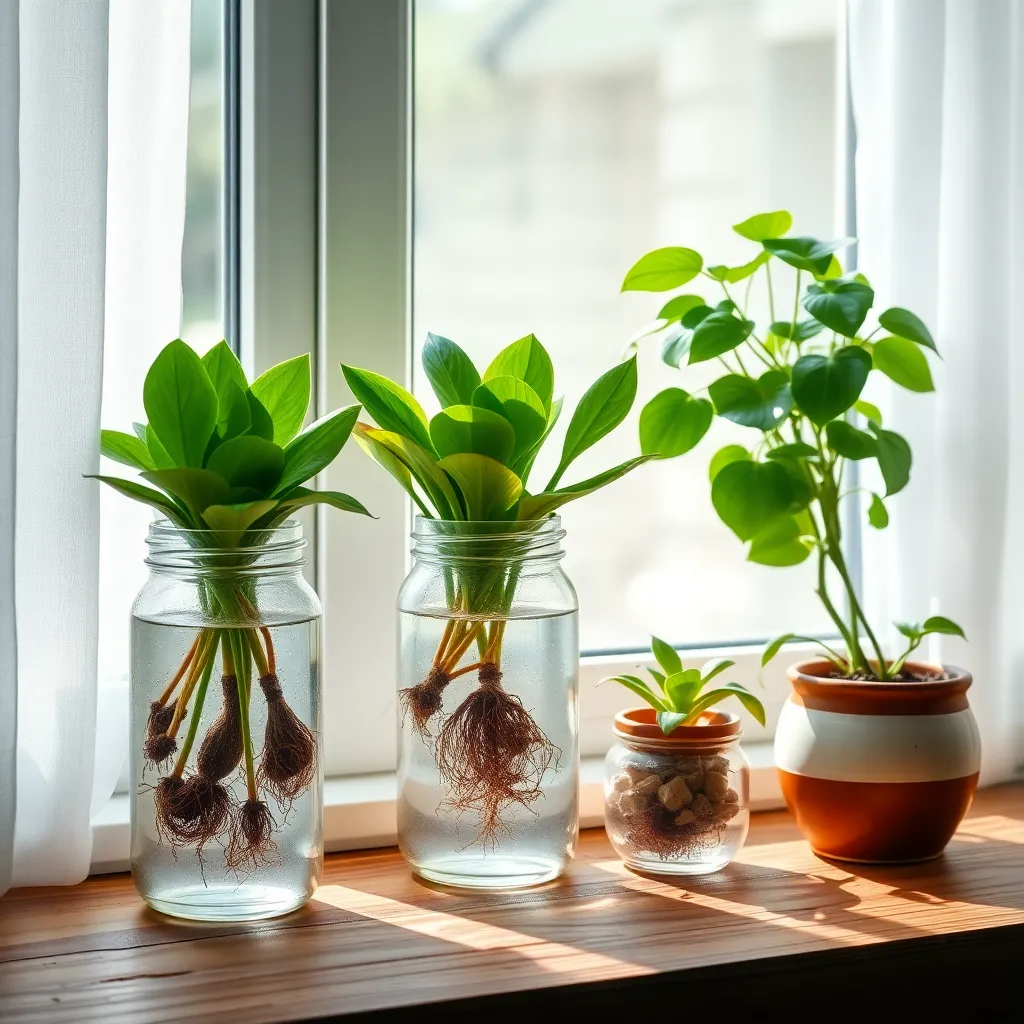
Propagating plants from cuttings is a cost-effective way to expand your indoor garden without buying new plants. This method is particularly effective for plants like pothos, philodendrons, and jade plants, which adapt well to propagation.
Start by selecting a healthy, mature plant to take a cutting from, ensuring it has no signs of disease or pests. Use a clean, sharp knife or scissors to cut a stem just below a node, which is where new roots will emerge.
Place the cutting in a small container filled with water or a well-draining soil mix, such as one part perlite to one part peat moss. Keep the container in a warm, bright location, but avoid direct sunlight to prevent the cutting from drying out.
Water cuttings regularly to maintain moisture, especially when using soil, but be careful not to overwater, as this can lead to rot. For water propagation, change the water every few days to keep it fresh and oxygenated.
Once roots are a few inches long or you see new growth, transplant the cutting into a small pot with quality potting soil. Gradually introduce it to brighter light and allow the soil to dry out slightly between waterings to promote healthy growth.
Utilize Natural Light Sources
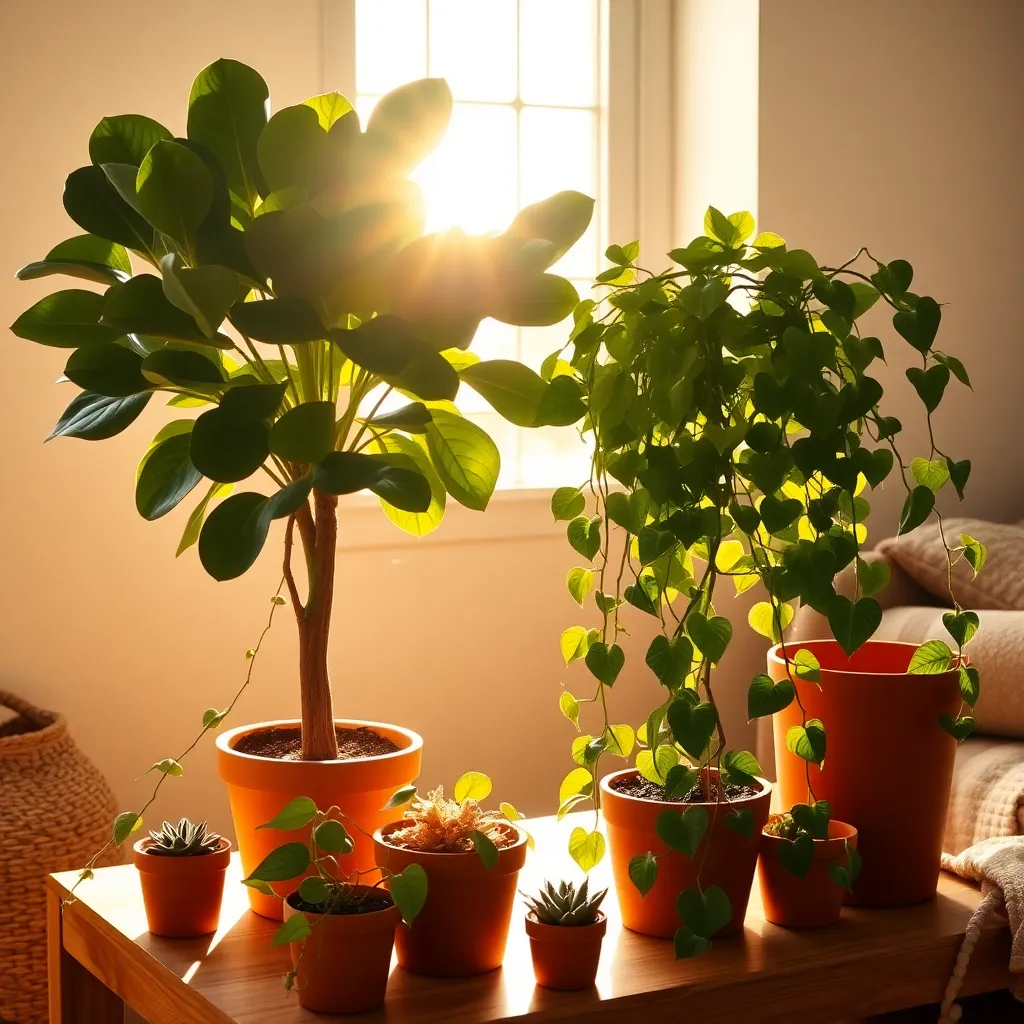
Maximizing natural light is essential for the healthy growth of indoor plants without the expense of additional lighting. Place your plants near windows that receive the most sunlight, preferably south-facing windows, which provide the strongest light intensity throughout the day.
It’s important to rotate your plants regularly to ensure that all sides receive equal exposure to sunlight. This simple action helps prevent uneven growth and encourages a balanced, aesthetically pleasing appearance.
For beginners, start with low-light tolerant plants like pothos or snake plants if your home lacks sufficient sunlight. These resilient species can tolerate indirect light and still thrive, making them perfect for less sunny corners.
Advanced gardeners might consider using reflective surfaces like mirrors or white walls to amplify available light. Positioning these items strategically can enhance light distribution, ensuring your plants receive ample energy for photosynthesis.
DIY Homemade Fertilizer Solutions
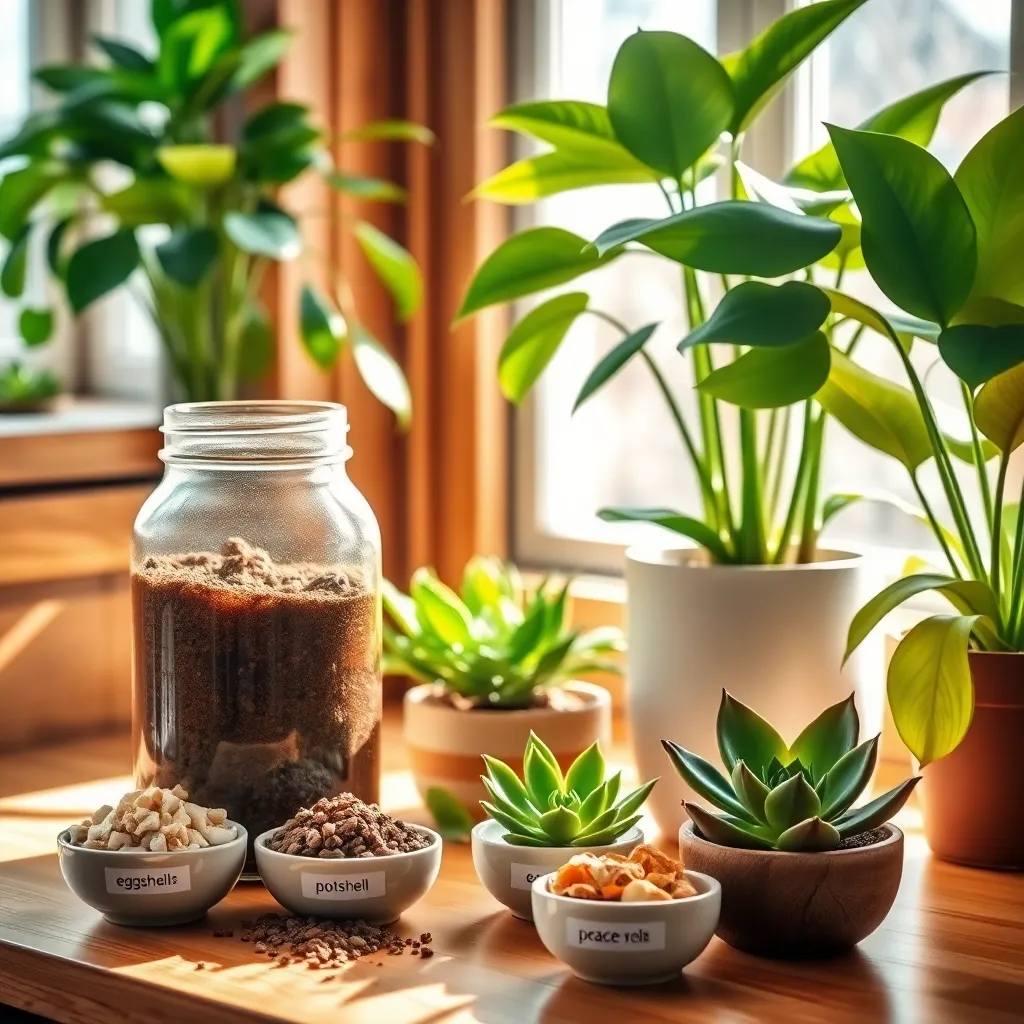
Creating your own fertilizer at home can be both cost-effective and rewarding. One simple method is to use banana peels, which are rich in potassium and can be directly buried in the soil or soaked in water to create a nutrient-rich solution.
Eggshells are another excellent resource, providing plants with calcium that supports strong cell walls. Crush the shells into a fine powder and mix them into your potting soil, or steep them in water for a few days to create a liquid fertilizer.
For a more nutrient-diverse option, consider making compost tea. This involves soaking well-decomposed compost in water for 24 to 48 hours, stirring occasionally to aerate, and then using the strained liquid to water your plants for an organic nutrient boost.
Additionally, used coffee grounds can be a great source of nitrogen, an essential nutrient for plant growth. Mix them into your potting soil or sprinkle them on top before watering, but avoid overuse as they can alter soil pH.
Conclusion: Growing Success with These Plants
In this journey through budget-friendly indoor plant ideas, we’ve explored five key relationship concepts that intertwine nature and nurture. First, we learned how shared plant care strengthens communication by fostering a cooperative spirit. Second, nurturing plants together enhances patience and understanding, mirroring the growth cycle of relationships. Third, the act of creating a green space cultivates a peaceful environment, reducing stress and increasing harmony. Fourth, the symbolism of plant growth encourages mutual support in personal development. Lastly, the joy of shared accomplishments, like seeing a plant thrive, reinforces appreciation and gratitude.
To put these concepts into action, choose a plant that resonates with both of you and embark on this green journey together. By doing so, you’ll not only bring life into your home but also enrich the foundation of your relationship.
Bookmark this article as your go-to resource for maintaining a vibrant and nurturing relationship environment. As you continue to cultivate both plants and your relationship, remember that the seeds you plant today can blossom into a future of shared success and happiness. Embrace the journey with open hearts and watch your relationship flourish.

